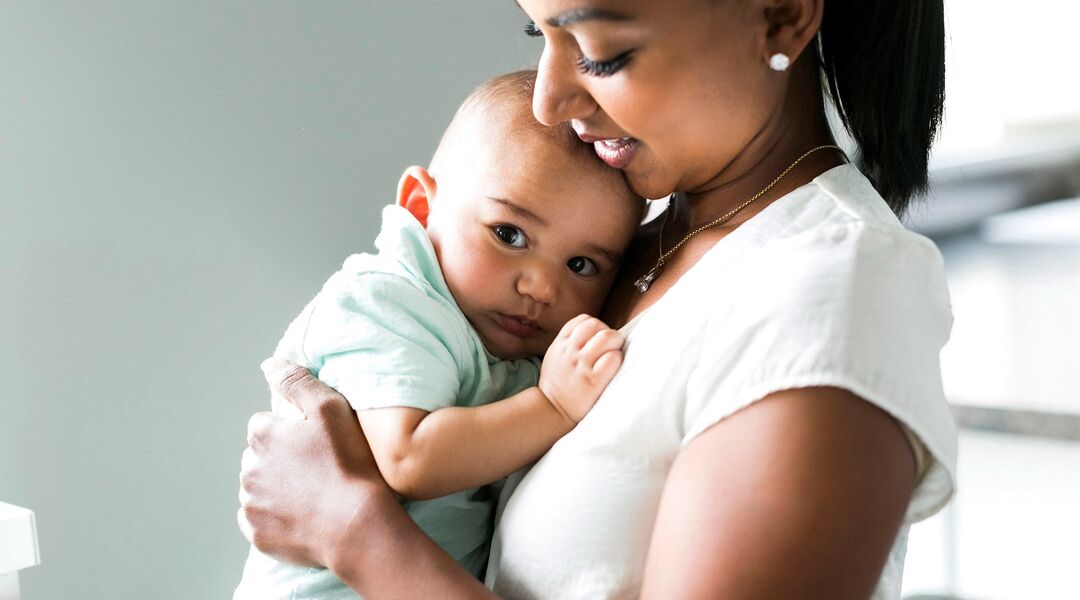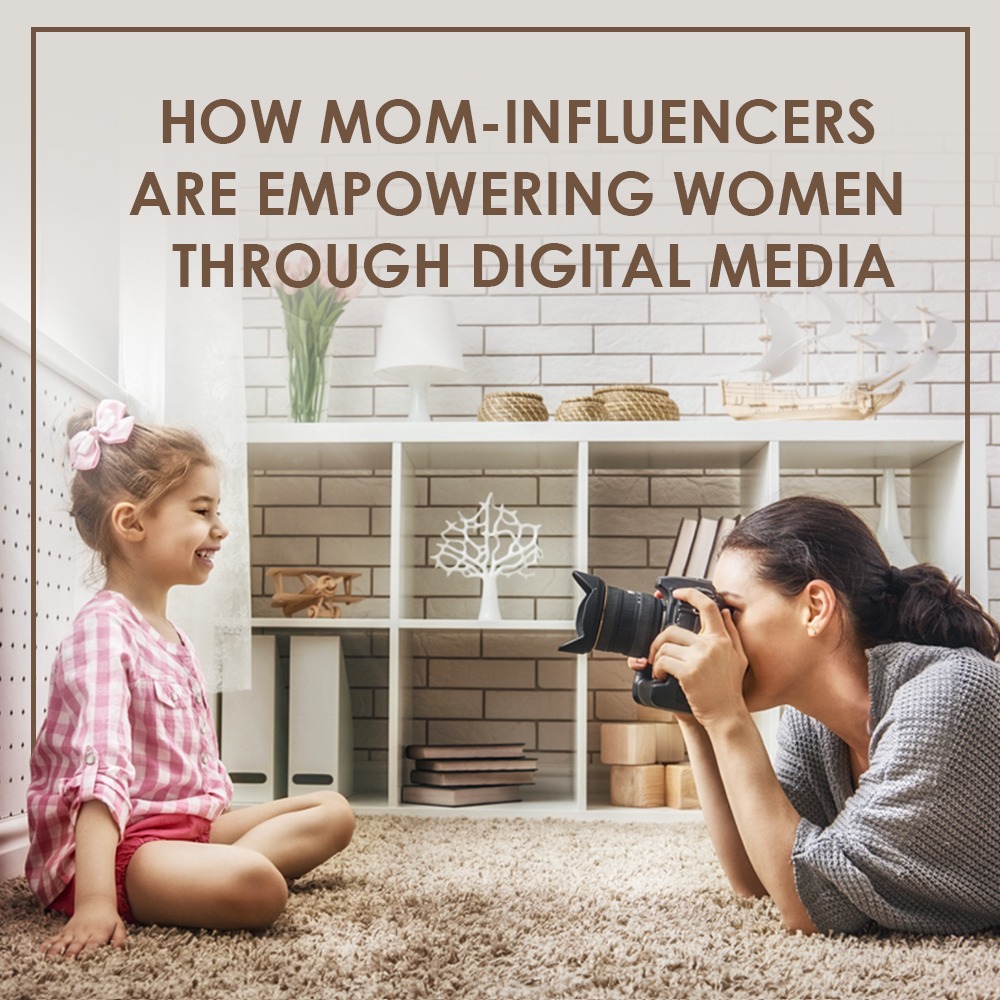It’s that time again. It’s shots day for your baby, and you’re feeling all kinds of things. On the one hand, you’re delighted that your bundle of joy is hitting another milestone and you have the opportunity to protect its health. On the other, you’re just not looking forward to potentially having to soothe its cries from a sore arm or leg that you just don’t know how to make better.
And you’re not the only one. A recent Canadian study reports that many parents don’t know what to do to relieve their babies’ vaccine pain. But when parents are taught what to do, they are more likely to do it and see less distress from their babies during vaccination. Keep reading for more on the study and tips on what you can do to make shots day easier for you and of course, your baby!
The study
Researchers aimed to assess which educational tools would increase parents’ awareness of pain-relief strategies as well as their likelihood to adopt them via the prenatal programmes provided by Mount Sinai Hospital in Toronto, Canada. To do this, they created these educational tools with the help of parents, including a pamphlet and a video, both of which discussed the different pain-relief methods parents can use for their children.
In the hospital’s mother-baby unit, the parents received one of the following: An immunisation pamphlet only, an immunisation pamphlet in addition to a pain-relief pamphlet, or both pamphlets plus a pain-relief video.
Parental use of pain-relief methods was found to be at a rate of 53 per cent during the babies’ two-month vaccinations and increased to 61 and 63 per cent during their four and six-month immunisation appointments respectively.
One of the researchers involved in this study, Dr. Anna Taddio, a professor from the Leslie Dan Faculty of Pharmacy, University of Toronto and senior associate scientist at The Hospital for Sick Children (SickKids), Toronto says that despite the fact the study was done in a hospital setting, the researchers took care to ensure that the parents were verbally instructed to review the pamphlets given to them.
According to her, this small change in the way information was delivered to the parents had significant, positive effects, even if they were smaller than expected. She also says that one out of 10 parents given the pain-relief resources (pamphlet only or pamphlet and video) acted on the information.
Dr Taddio says that this means that these educational resources can have a significant impact on a public-health level. She adds that they are inexpensive, portable and can be made available to parents through multiple platforms (i.e. not just the hospital) and through various formats such as smartphones.
This study was published in the Canadian Medical Association Journal.
Pain-relief hacks
1. Breastfeeding: For breastfeeding infants, this is considered a go-to trick. When babies breastfeed, their attention is mainly directed towards suckling. This, in addition to having skin-to-skin contact with the mother and being able to smell her scent, can all help minimise the pain. It’s also thought that endorphins – a variety of “feel-good”, pain-relieving hormones – found in breastmilk can play a role in pain relief. This technique is considered very effective for infants, but less so for toddlers. Babies may also find comfort sucking on a dummy.
2. Skin-to-skin: Non-breastfeeding infants can certainly reap the benefits of skin-to-skin and better yet, dads can get involved too! To do this properly, your baby should be undressed wearing only nappies and placed on a bare chest. It’s recommended that this is done for 10-15 minutes before the shot. This technique is considered most helpful for newborns.
3. Sugar solution: A sugar solution given to the baby about a minute before vaccination can also help. Although why this works isn’t clear, it’s thought that the sugar causes the baby’s brain to release endorphins. All it takes is a tiny amount given orally by a syringe or a dummy that’s been dipped in the solution. You can make the solution at home but be careful to only use table sugar. This is because other syrups and sweeteners like honey, corn and maple syrups pose a risk of botulism (a serious bacterial infection) for babies under a year old. Children under six months may benefit the most from this hack.
4. Local pain-relief: Cooling sprays and topical anaesthetic creams or patches applied before getting the shot can all numb the skin and lessen the poking feeling from the needle. Topical anaesthetics should be applied an hour before vaccination for best results.
5. Swaddling: Wrapping the baby up tightly in a manner known as a “swaddle” immediately after vaccination can also reduce discomfort. You can also swaddle the baby before the shots but just make sure to leave its legs exposed.
6. Rubbing the area: Giving the injection site a bit of a rub before and after the shot can also lessen the pain.
7. Painkillers: Your doctor might also give the green light for some paracetamol after shots. This can also help if the baby develops a fever – a normal, temporary side effect of vaccines. Please consult your doctor if this method is right for your baby and remember to not give any paracetamol before the shot, as it can make it less effective.
So there you have it, tried and tested methods to tame the tears!
Remember, everyone in Qatar aged six months and above can now get the flu vaccine for free at their Primary Health Care Corporation (PHCC). This vaccine is important because we’re now at the start of the flu season and the flu can be a serious, life-threatening illness. It’s easy to protect yourself and everyone around you – just present your health card at your PHCC and take it from there. Happy vaccinating!
By Tesneem Ayoub
Sources:
1. https://www.sciencedaily.com/releases/2018/10/181022183042.htm
2. https://www.parentinginottawa.ca/en/babies-and-toddlers/taking-the–ouch–out-of-needles-for-babies.aspx
3. https://www.parentune.com/parent-blog/pain-after-baby-vaccination/3886
4. https://kidshealth.org/en/parents/baby-vaccinations.html
5. https://www.pharmaceutical-journal.com/news-and-analysis/paracetamol-prophylaxis-to-prevent-vaccination-induced-fever-not-recommended/10982418.article







Leave A Comment
You must be logged in to post a comment.